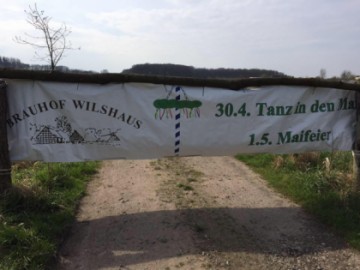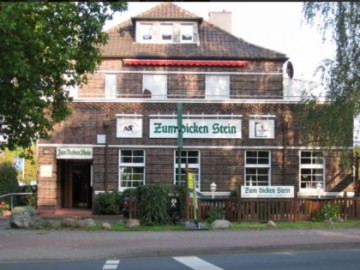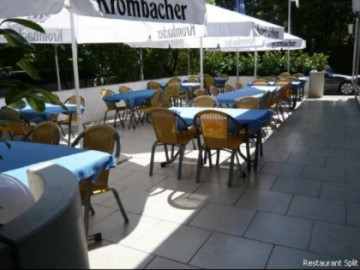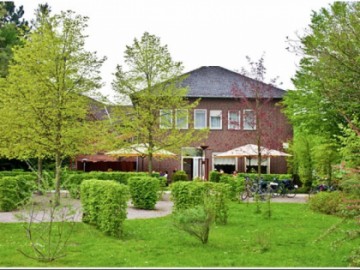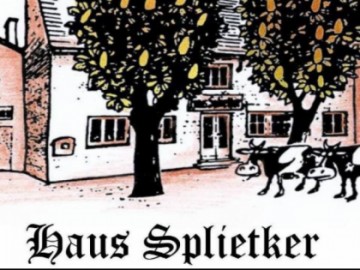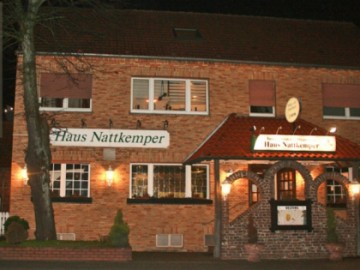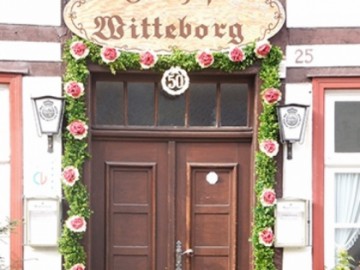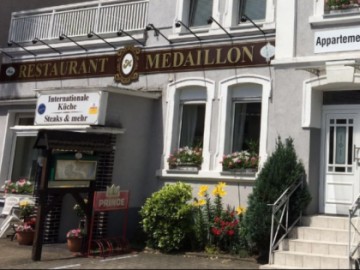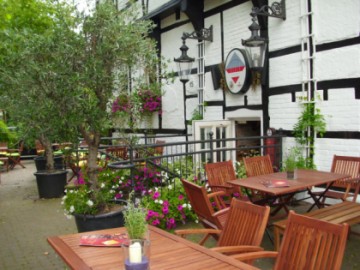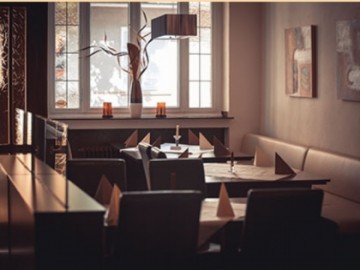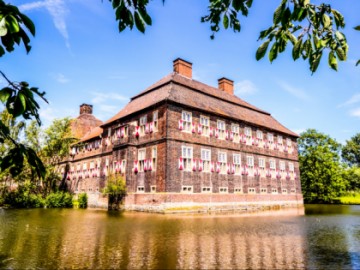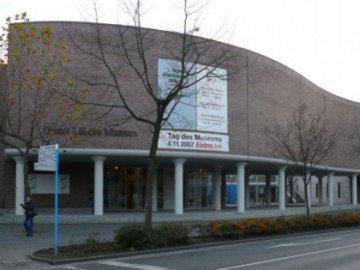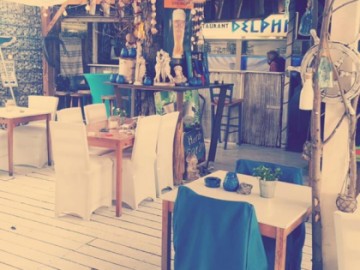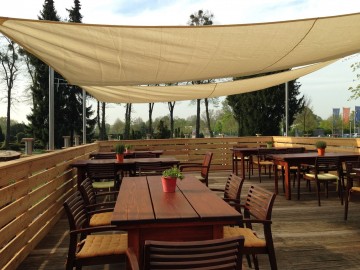Hindu Temple on German Soil
A large diaspora of Tamils, who fled to Germany in the 80s of the XX century from the Sri Lankan war, lives in Hamm. Therefore, the story of Germany's largest Hindu temple dedicated to the Kamakshi goddess - Sri Kamadchi Ampal - began in 1989 from small prayer rooms. A refugee, Tamil priest Arumugam Paskaran, built it in the basement of a dismountable house. It was not contrary to local law, but the number of parishioners grew. Neighbors started to complain of too noisy religious ceremonies and celebrations. After lengthy negotiations, Hamm’s authorities allocated lands for the construction of a full-fledged church. The ground-breaking ceremony of the temple took place in 2000, and the opening - two years later.
The priest of the Hindu temple left the choice of the architect to the discretion of the gods: he prayed, found the section in the yellow pages with phone numbers and addresses of local architects, closed his eyes and put his finger at random. Thus, architect Heinz-Rainer Eichhorst was randomly chosen. He agreed to design the temple. Eichhorst took the famous Kamakshi temple in the town of Kanchipuram in the south of India as an example. Several artists and sculptors from India were involved in the construction and decoration of the church. As a result, a bright and unusual building, extremely vivifying the landscape, typical of the German city, appeared in Hamm. Its walls are decorated with red and white lines and the entrance features a gopuram -a 17-meter high gate tower, an integral element of a Hindu temple.


